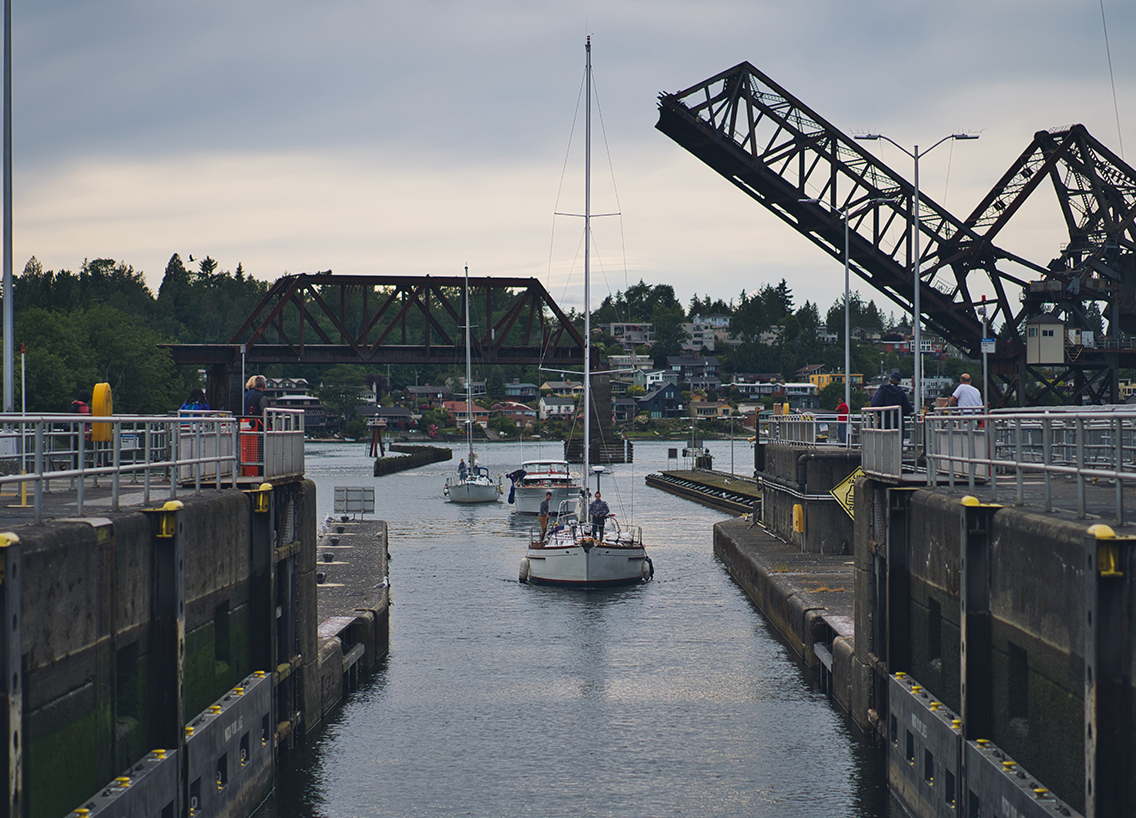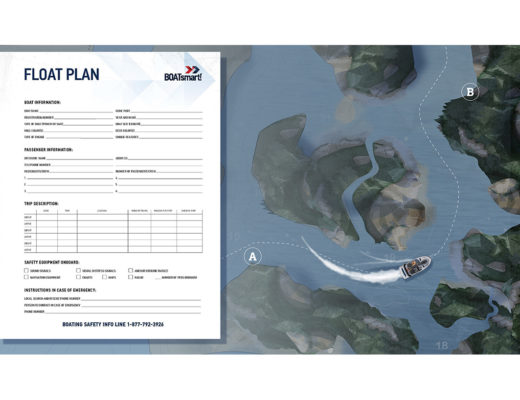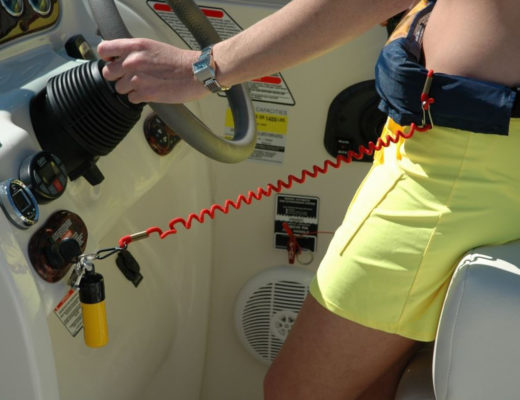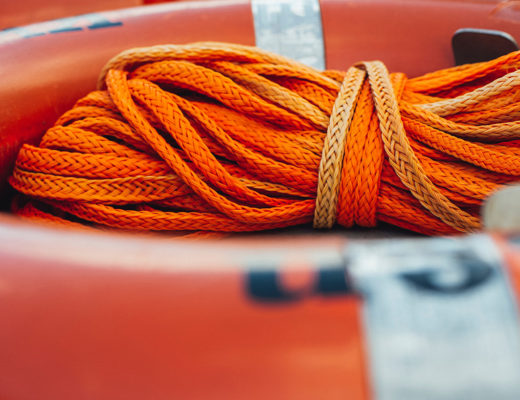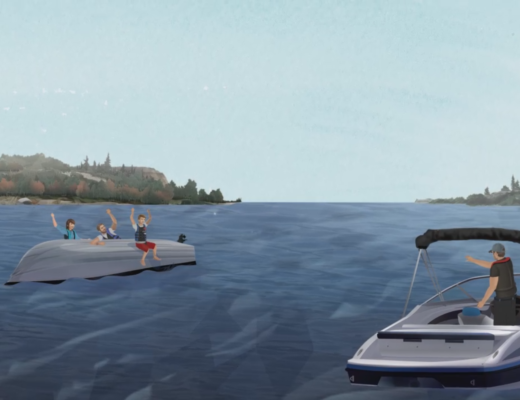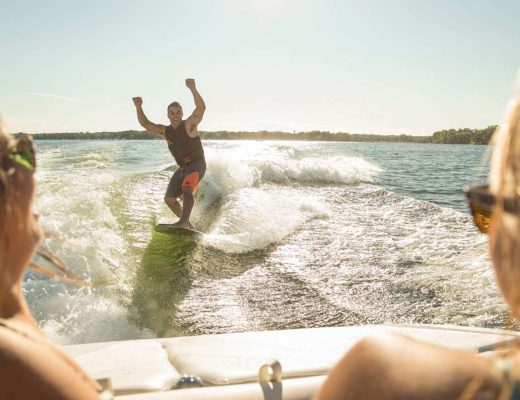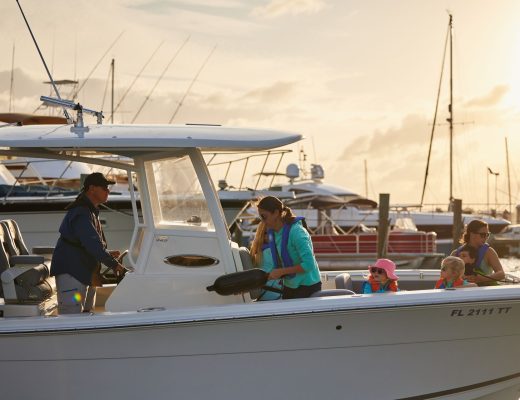While recently boating through the many lakes and wonderful lock system of the Kawarthas, I was reminded of how critical it is to know how to operate your boat and its safety gear appropriately and navigate your boat appropriately through a lock system.
For those who may not be familiar with it, a lock is a device used to raise and lower boats between bodies of water with different water levels. Here are a few things to keep in mind during lock water navigation to stay safe through these unique waterways!
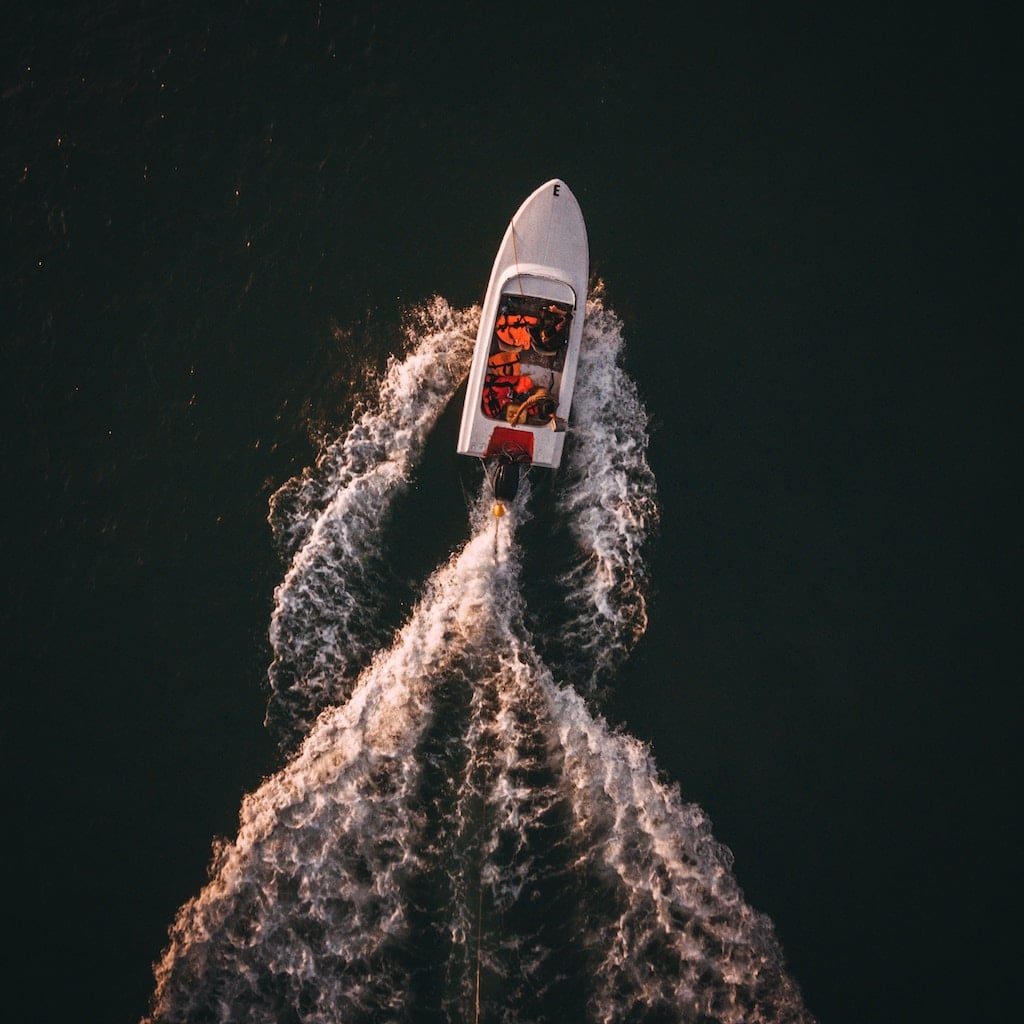
Entering the Lock
Upon entering Lock 34 at Fenelon Falls, coming from Sturgeon Lake into Cameron Lake, everything appeared normal.
Six boats had entered the lock, including ours, with three on each side. The Fenelon Falls lock is one of the deepest locks, with approximately 24 feet between the lower-level water of Sturgeon and the upper-level water of Cameron Lake. Needless to say, at that depth, the Lock staff cannot physically assist if something goes wrong — making it especially critical that boaters entering into this particular lock understand the right steps to take.
As the doors closed behind us and the water level started to rise, the sun beating down and everyone chatting away, it suddenly became apparent that one of our fellow boaters was in serious trouble.
A Boater Gets Into Trouble During the Lock Water Navigation
Cries of alarm abruptly cut through the chatter, and everyone turned to see a boat at a 45-degree angle, quickly taking on water, with its four occupants desperately trying to right their boat.
There were no life jackets to be seen.
Within seconds, it became apparent that the boat was going under. So, everyone yelled at the occupants to jump, throwing them life jackets. One of the occupants nearly got trapped under the boat as it flipped over and completely went under.
Luckily, all four occupants knew how to swim and were able to get on board the boat next to them — or else this story may have had a much different ending.
Danger Can Happen Quickly
This entire event happened within less than a minute. Lives were risked, and a boat was destroyed all due to one simple misstep — the boaters tied their lines to the drop cables instead of wrapping the lines loosely around to allow the boat to move up or down freely. This essentially “locked” their boat in place at that level of water.
This meant that as the water level in the lock rose, the tied line stayed in place and started to pull their boat down until it eventually went under.
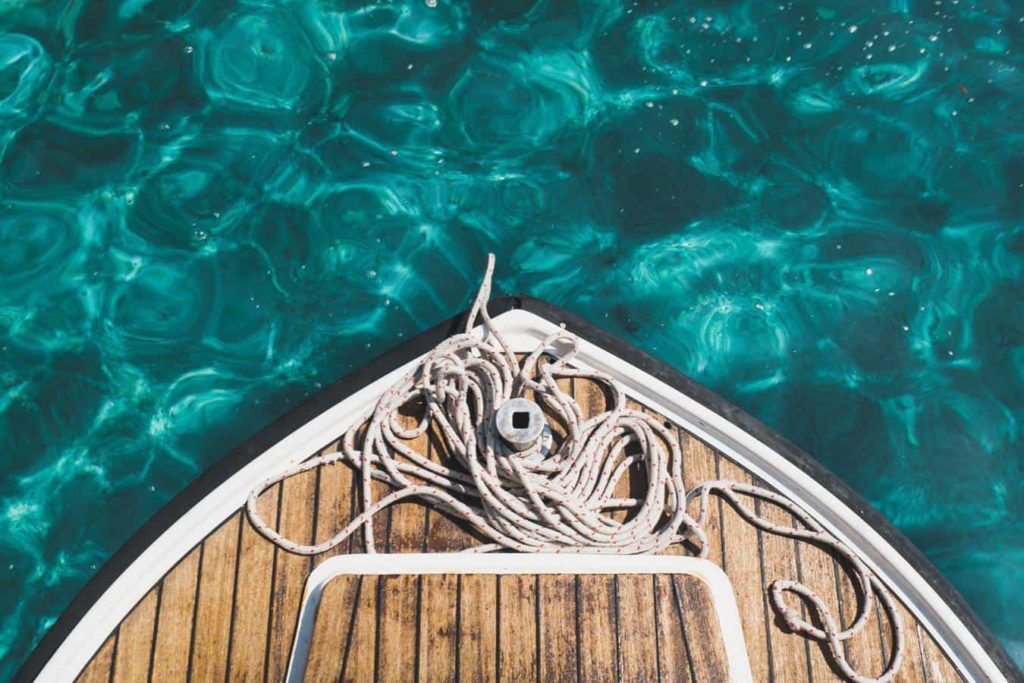
Lessons Learned
This was not the best day for these folks for sure — but two important lessons can be learned from their unfortunate experience.
1. Always Wear a Life Jacket or Have One Readily Accessible When Entering a Lock
If your boat starts taking on water, there will be no time to find and put on your life jacket. So, it’s essential that you and each passenger either have one on already or have one close at hand (i.e., not locked up somewhere in your boat).
2. Never Tie Your Vessel Lines to the Drop Cables
Use the vertical drop cables on the walls to wrap your mooring lines loosely around the cables to secure your bow and stern. Do not leave your mooring lines unattended at any point.
During lock water navigation, make sure someone is manning the cables at both the bow and stern of the boat at all times.
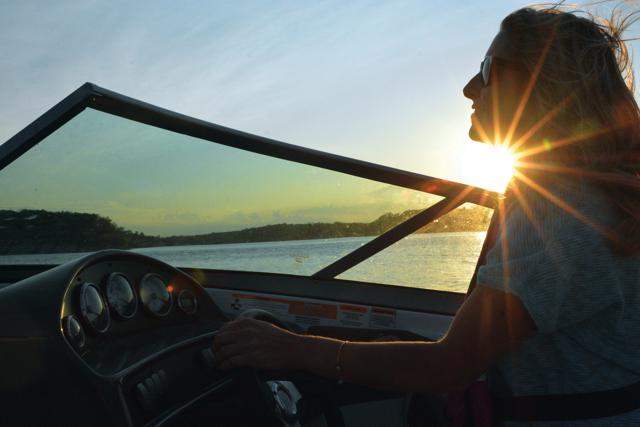
Navigate the Waters Safely With Boater Education
Remember: During lock water navigation, keep it unlocked — life jackets and lines!
Many boaters never get the chance to navigate through a lock, but that doesn’t mean there aren’t plenty of other dangers to avoid when boating. That’s why BOATsmart! offers Transport Canada-approved and U.S. government-approved boater safety courses.
Our online, fun, and engaging courses make it enjoyable to learn about boating safety, pass the required exam, and get your boating license. So, whether you get to boat through a lock or simply enjoy lakes or off-shore ocean boating excursions, it’s crucial to learn and apply a good boater education course to your adventures.
For boaters in Canada, choose our courses for Canadian boating regulations. In the U.S., choose the course for your state and start learning!
Originally published in 2020. Content most recently reviewed and updated for accuracy and relevancy September 13, 2024.
